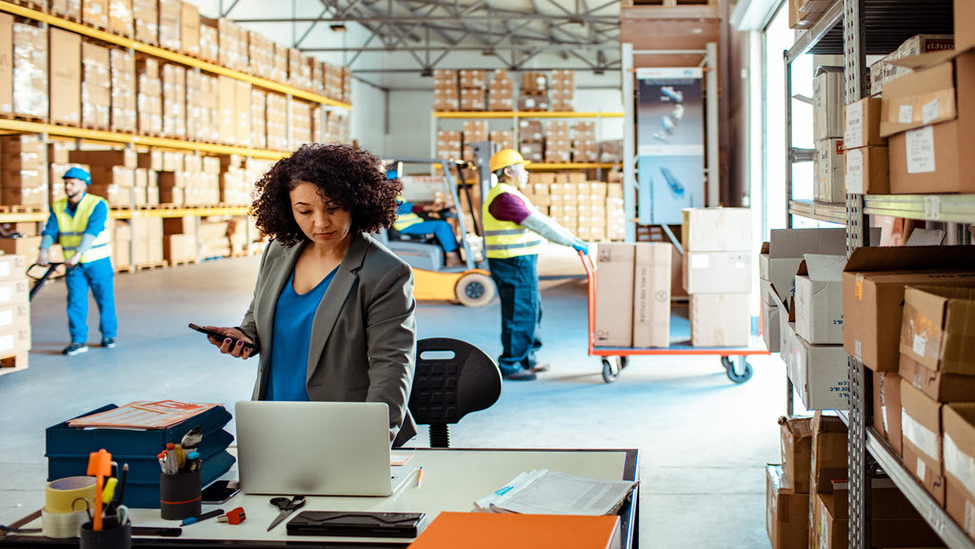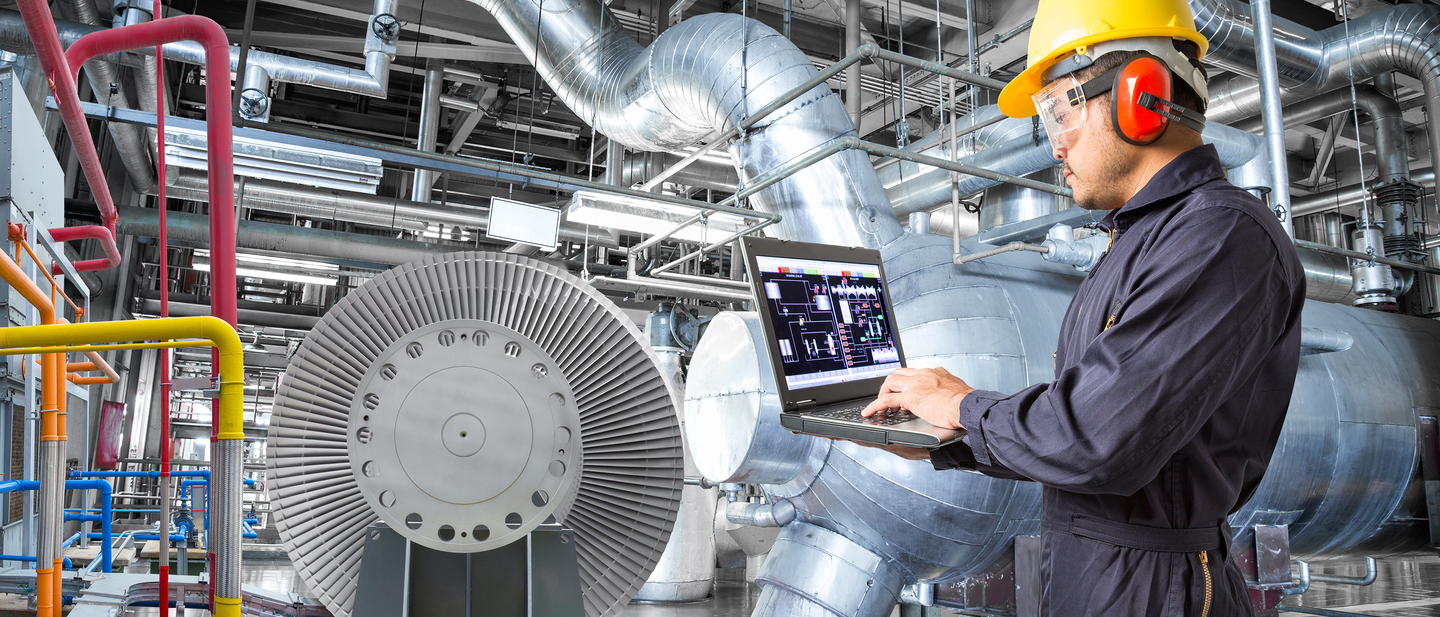The Internet of Things brings risk and opportunity to businesses
Inside the opportunities and risks of IoT
For businesses, the Internet of Things (IoT) can increase productivity, efficiency and reliability, but also introduce cyber and other risks associated with gathering, storing and sharing data. From medical device manufacturers to municipalities, the organizations that understand the risks and how to protect against them will be best positioned to take advantage of what the technology can make possible.
[music]
>> SPEAKER: As the Internet of Things continues to expand, so do the opportunities for your organization.
From collecting and analyzing data, to monitoring equipment and improving processes, adding IoT capabilities could give your business a competitive advantage.
But IoT risks are evolving as fast as the technology that supports them.
That’s why it’s important to have the right insurance – so you’re covered if something unforeseen happens. Here are four common IoT risks to businesses – and what you can do to help manage them.
One: Unsecured devices. The risk? If a hacker breaches a sensor, it could be their gateway to disrupting your entire manufacturing process. If you’re unable to deliver products on time, Business Interruption coverage can help cover your lost income.
Two: Vulnerable communications. The risk? If the communication networks that allow devices to communicate to each other, to the cloud, or to someone’s mobile device, are not properly encrypted or lack firewalls, intruders might gain access to your customer data. A privacy breach can mean costly public relations activities and required notifications to inform customers about the exposed data. Cyber insurance can help cover those expenses, as well as fees for legal counsel and digital forensics expertise.
Three: Corrupted data. The risk? Many IoT devices depend heavily on data stored locally or in cloud servers. If that data is lost or damaged, causing the delivery of an unsatisfactory technology product or service to your customers, it could lead to a lawsuit. Errors and Omissions coverage can help you defend yourself.
Four: Faulty analytics. The risk? With the increase in use of IoT devices to improve manufacturing processes, a faulty computer program intended to manage predictive maintenance on equipment, might lead to equipment failure, taking your business offline until it can be replaced. Equipment breakdown insurance can help you cover the costs.
The Internet of Things continues to open the door to new possibilities.
Travelers has deep experience in the risks of IoT and can help you understand the unique threats to your business … and ways to manage them.
Learn more at Travelers.com
[sonification]

Connected protection: The Travelers IoT Vendor Program
Travelers Connected Protection program helps our customers reduce risk by introducing them to a range of IoT solutions and connecting them with vetted IoT vendors.
Related products
Workers compensation
Supports employers and employees after a work-related injury or disease, delivered with a host of proprietary services to support positive outcomes.
General liability
Travelers general liability insurance for businesses provides protection from a variety of claims.
Cyber
We understand the complexity of cyber threats and have cyber liability insurance solutions to help protect your business assets.
